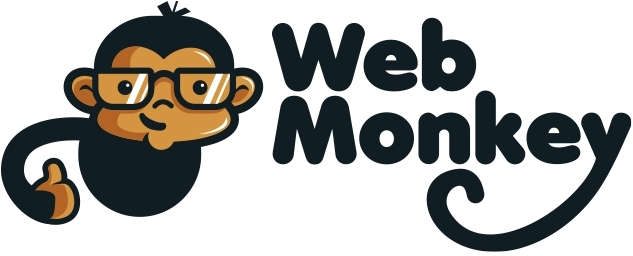Quarterly Blog Report – How I Made $2200+ From Blogging In 2019
Well, it's hard to believe it's already the end of Q2 and that we're halfway through summer (here in Canada).
The last 3 months have been an absolute blur. While I've enjoyed switching to a quarterly blog recap format, it really makes these updates harder to write…I mean, I can barely remember what I had for breakfast yesterday, let alone what I've been up to in the blogging world for the past 3 months.
But boy, has it been a busy quarter.
I've ramped up my publishing schedule, dramatically increased my blogging revenue, published my first sponsored posts, and fixed some critical SEO issues for WebMonkey.
Simultaneously, I've been hammered by a recent Google algorithm update and am seeing some pretty significant dips in organic traffic. I've also had a myriad of website usability issues to tackle over the past few weeks.
Revenue is at an all-time high, traffic is on the decline, and some big changes are coming soon to WebMonkey. Will this project be able to recover and continue to grow, or are we headed to 0?
No idea, but let's enjoy the ride!
What's New With The Blog – Massive Revenue Gains!
I think one of the main reasons to remain consistent with blogging and to approach this side hustle with a long-term plan in mind is because it takes time to figure everything out.
When it comes to actually monetizing your website, this is even more apparent.
Balancing affiliate sales, advertising platforms, sponsored content, or other revenue streams is a tough job. There's no cookie cutter solution, and optimization is an ongoing and critical process.
After about 1.5 years of blogging, I finally feel like I'm seeing some revenue diversification on WebMonkey which really gets me excited.
Anyways, here are the revenue results from Q2:
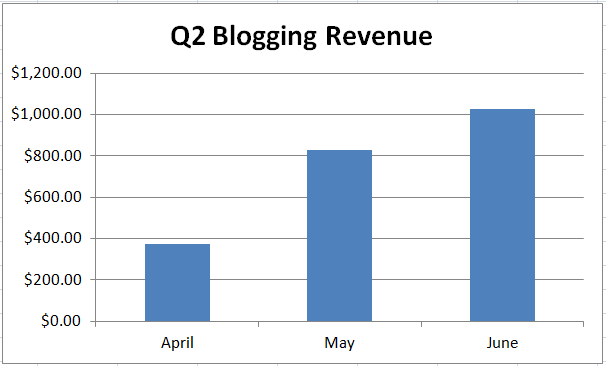
April was a pretty standard month and saw just under $400 in revenue.
May and June are where things really took off. After I made the switch to from Adsense to Monumetric, my advertising income increased by roughly 400%, and this was just the start.

I also published 2 sponsored posts. Adding in sponsored content isn't something I plan on over-doing.
However, I think these sorts of posts can be very valuable for increasing income and providing additional content, provided the content is actually worth reading/matches the theme of your website.
Note: I have a third sponsored post scheduled for this month, but I have included the income from the deal for the month of June since that is when the deal was worked out and when I actually wrote the article.
Finally, affiliate sales also saw a pretty significant increase in performance. Regular channels like Shopify and FlexOffers continued to perform steadily, and I ended up referring an absolutely killer Etsy shop owner through my article on starting an Etsy POD shop (more on these results in a bit).


Amazon Associates and some other random affiliate programs/referral links also trickled in some income, but this was probably under $30 and I'm too reluctant to track down all those numbers (plus I redeem all that stuff for Amazon gift cards anyway).
Medium payments have also continued, although the platform has been fairly bipolar. Some months I can make $50+ through content syndication, but most months range between $10-$20.

You can checkout my post on how to make money on Medium if you want to see how I syndicate my blog content and make free money by doing so!
Here is how all the channels broke down:
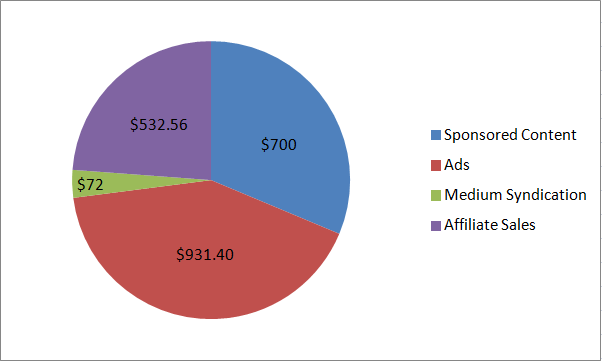
Key Takeaways:
I'm still blown away that I've been able to scale from a blog that was making a few hundred bucks a month to a blog that topped $1,000 in such a short amount of time.
If you want to checkout the major milestones so far and how I've worked on scaling WebMonkey I suggest reading my ‘Road To' series:
It has honestly been a very rewarding grind that has taught me incredibly valuable lessons and helped supplement my income. The combination of skills and money you can learn through blogging is why I suggest people (especially young adults or students) start a blog in the first place.
Now, I'm expecting Q3 to be much, much lower in terms of revenue for a few reasons I'll get into later in this post, but I wanted to highlight some of the main lessons I've learned about blog moneitization in the last 3 months.
Identify & Promote Your Money-Makers
This sounds like a very simple concept, but it's easier said than done.
I've spent so much time promoting posts like my list of gig economy jobs, or various blogging guides in an effort to generate affiliate sales, when in reality, these posts rarely generate any leads (a massive overhaul is coming soon to the gig economy post so stay tuned).
After a new Etsy shop I referred generated almost $300USD in just a few weeks, I realized I may have been barking up the wrong tree.

Once I realized how lucrative Printify referrals could be (they give 5% of any purchase for 12 months for referrals), I started promoting my Etsy POD article on Reddit.
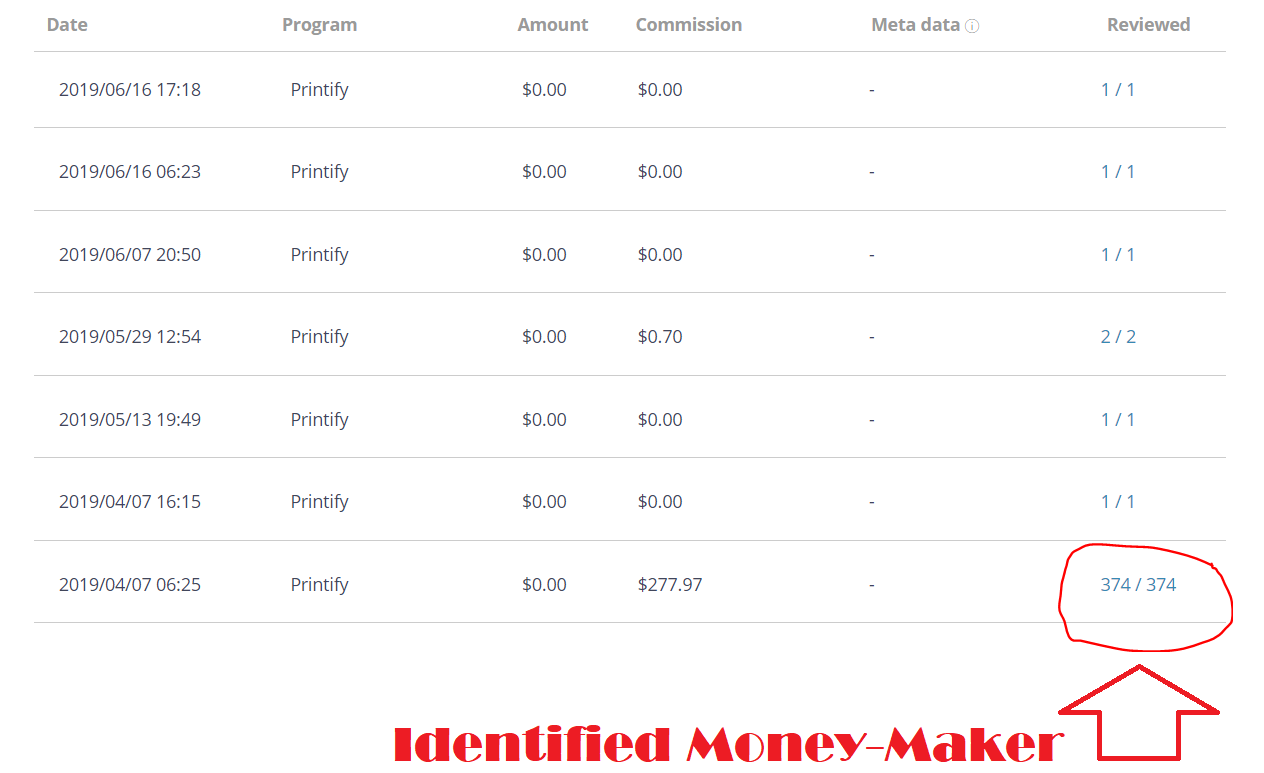
With some relatively light promotion, I've managed to refer another 6 people to Printify, and someone has even made their first sale!
Long story short is listen to the data.
You don't have to promote Bluehost or Personal Capital just because other bloggers do. See what speaks to your audience, and follow the money/conversion data, not what's trendy.
Don't Shy Away From Opportunity
I was hesitant to switch to Monumetric because I was scared to slow down my website.
I was also petrified of accepting my first sponsored post as it was something I had never done before.
But here's the thing: accepting opportunities opens up new ones.
My increase in blogging revenue from Monumetric is going to enable me to reinvest more into growing WebMonkey, and I was able to land my 2nd sponsored post simply because I accepted the first one and established a new connection.
Don't shut down new chances to increase revenue as long as you are taking sensible, calculated risks.
Costs
I've managed to run a pretty lean operation on WebMonkey for quite some time, but this is the first quarter I invested heavily back into growth.
My Q2 costs included:
- Siteground web hosting – $19.95/month on the mid-tier plan (which gives me a SuperCacher, so that's nice) – $59.85
- Pinterest templates (I bought a few packs to steal some design ideas/learn how people actually make nice graphics in Canva) – $30
- Tailwind for Pinterest Marketing (read my Tailwind review to see if you should use this software) – $9.99
- Upwork Pinterest VA – I tested out hiring a virtual assistant for Pinterest marketing just to get an idea for the future – $120
- Website redesign and some graphics stuff I have planned – $1,200
Total costs: roughly $1420.
Okay, so a few things.
The website redesign is currently in progress, and while I could have gone for a cheaper option, I elected to hire the designer I did because:
- My current website looks like shit 🙂
- The new site will be built on the Genesis Framework and a lightweight theme, which should help boost page load speed.
- The new site will have a robust, static homepage that will improve user flow.
- Overall user experience is going to improve.
Hiring the VA at this point in time was a mistake, but it was also a solid learning experience.
As for marketing/hosting related software, I plan to continue to pay for these quality services as I believe they help spur growth. Once the redesign is done and traffic is back on track I will probably invest in more (I want to use a CDN for this blog and I'll probably get some sort of marketing software, like SEMRush).
Google Updates, Traffic & Recovery Plans
As I mentioned, a recent Google algorithm update was rolled out, and in it, there were some major winners and losers.
I wasn't one of the sites that was absolutely massacred, like The Daily Mail or CCN, but I'm definitely bleeding quite badly:

While previously Google algorithm updates have largely been focused around the topic of improving EAT factors (Expertise, Authority, Trustworthiness), it's clear there's more to this recent update than just EAT…I mean, The Daily Mail is certainly high in authority if you consider traditional metrics like backlinks, and they got hammered.
The consensus in the SEO community seems to be that it once again comes back to quality content and meeting user intent, but there's also a fairly strong and pessimistic vibe going around that argues ‘there's nothing to fix,' and that we're all at the mercy of these sporadic updates anyway.
Regardless of the camp you're in, if you're a small blogger like me, we must recognize these key points:
- Small publishers still need to work on developing better EAT signals. Just because the pro SEO guys say this update wasn't about EAT factors, that doesn't mean they aren't immensely important (especially for small websites that still need to focus on building authority).
- If we get hit by updates, it's time to double down and create an action plan to recover.
I was tempted to go along with the line of thinking that says to ‘not overreact after an update,' and that I would give things a few weeks to see how the dust settles.
But, if I'm honest with myself, my website has severe problems and this update was a long time coming.
Here are the greatest challenges I'm facing in regards to recovering:
- Website speed and usability is currently poor.
- I have some very outdated articles that need edits/re-writes.
- I have some content on this blog that should never have been published in the first place (i.e. posts that don't really align with my niche).
- My website sitemap and back-end SEO has been a mess for ages.
I'm going to fix the website speed and usability issues through the redesign, so this should hopefully be taken care of.
Additionally, I'm going to be editing and optimizing many of my older posts over the next 2 months. I wrote many of my existing posts before I knew proper on-page SEO techniques, so this will ideally assist in recovering some rankings.
Thirdly, I've actually deleted 3 posts from my archives and redirected the URLs back to my homepage. These were random, poorly written posts on social media marketing, and one was a post about college side hustles that was frankly too similar to one of my other articles.
Content audits can help boost organic traffic if done correctly, but you need to judge if a revision is a better alternative to deletion (this is especially important if the articles in question have backlinks pointing to them).
Finally, thanks to some awesome advice from my friend Peter at DollarSanity, I was able to reduce some pretty substantial errors in my website sitemap and reduce a lot of duplicate content that was in there.
Peter noticed that my blog ‘categories' and ‘tags' were being included in my sitemap, and Google was indexing them:
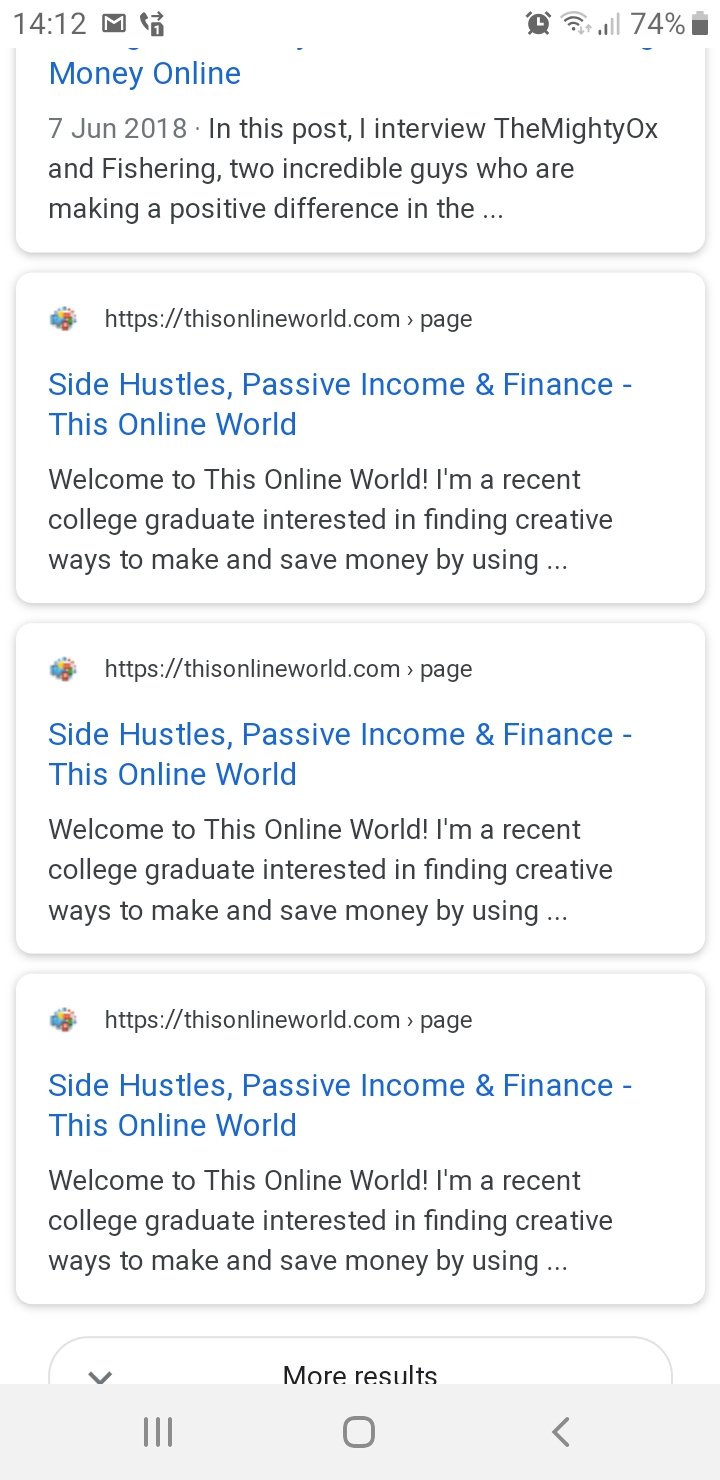
If you don't have unique content on each individual category or tag page, you should only have the 1st page indexed (or perhaps none at all). In my case, I had nearly identical pages indexed for every category and tag (i.e. Passive Income Page 1, Page 2, etc.)
Not only does this waste your ‘crawl budget' by having Google crawl your useless pages for changes, it's bad to have duplicate content and there's really no need for that stuff to be indexed as it doesn't help users.
If you want to de-index your categories or tags, you can do it pretty easily by using the Yoast SEO plugins and changing some settings under ‘Taxonomies:'
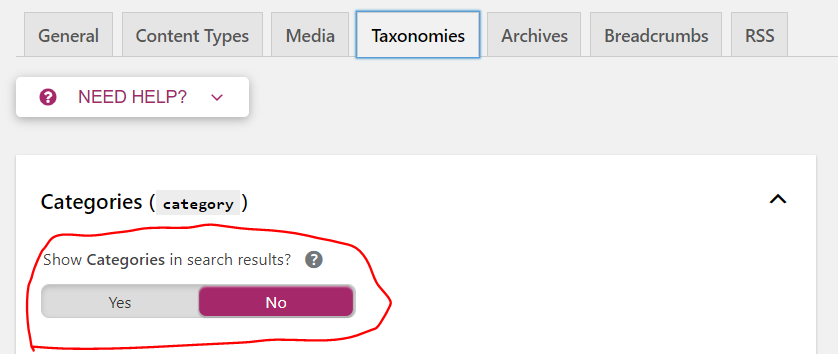
Hopefully, this 4 step action plan will help get growth back on track!
Moving Forwards – The Good
I'll admit, I was quite disheartened by the recent update, and it'll probably be 3 months before I can fully recover.
Revenue has reached an all-time high, which is awesome, and I am so incredibly grateful for all of your readership and support.
I know revenue is going to decline as I work through this update, but honestly, I think the silver lining behind this traffic slump is that it has been a true wakeup call.
I want to publish the best personal finance content I possibly can and to provide readers with real value. Hopefully the upcoming changes will help improve the quality of this site and provide everyone with a better reading experience.
On that note, I've been trying to implement a more aggressive publishing schedule (I think I published something like 9 posts in June, which is nuts), and I hope to continue producing great content at a decent rate moving forwards (along with editing old ones).
Ultimately I think this whole blogging for income thing is a very long-term game. If you're currently struggling to grow your site or have been impacted by recent Google updates, just remember that growth takes time and setbacks are a part of the process.
As long as you improve every day and don't quit, you're making progress!
That's all for this one! I'll catch you guys soon with some more exciting posts!
